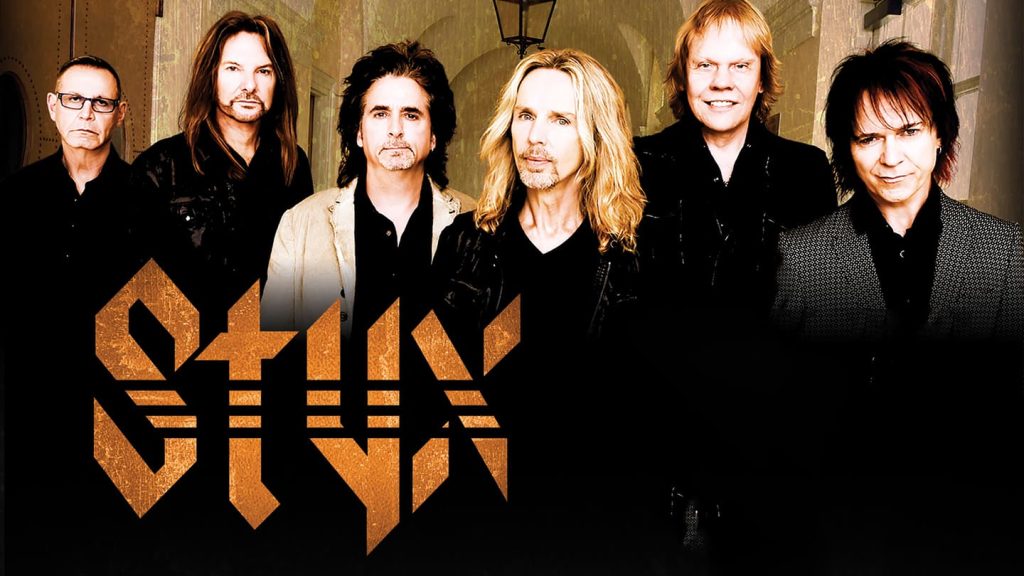
Styx’s Don’t Let It End: A Plea for Love and the Spirit of Rock ‘n’ Roll
Released in 1983 as part of the concept album Kilroy Was Here, Don’t Let It End is a poignant, mid-tempo ballad that captured Styx at a critical crossroads. Written and sung by Dennis DeYoung, the track explores themes of heartbreak and reconciliation, framed by a heartfelt plea not just for love but for the preservation of something deeper—perhaps even rock ‘n’ roll itself. Reaching number 6 on the Billboard Hot 100 and marking the band’s seventh top 10 single, the song stands as a testament to Styx’s ability to blend emotional depth with commercial appeal.
At its surface, Don’t Let It End is a breakup ballad, with DeYoung’s impassioned vocals carrying the weight of someone desperate to salvage a fading relationship. Lines like “What will I do if you say we’re through?” resonate universally, capturing the raw vulnerability that accompanies romantic loss. Yet, as guitarist James Young noted, the song carries an “underlying double meaning.” It isn’t just about two lovers—it’s also a cry to keep alive the band’s beloved art form, rock music, amidst the evolving musical landscape of the 1980s. This duality becomes explicit in the reprise that closes the album, where the lyrics take on a broader significance, addressing the survival of creative passion.
The song’s musical structure enhances its emotional resonance. Opening with a tender keyboard melody, Don’t Let It End gradually builds in intensity, layering in guitar and orchestral-like synthesizers that underscore the urgency of DeYoung’s plea. His performance is masterful, balancing restraint and power, with each note seemingly drawn from the depths of longing. The arrangement complements the narrative, moving from introspective verses to a soaring, cathartic chorus that begs the listener to feel every ounce of the protagonist’s desperation.
Originally intended to be the lead single from Kilroy Was Here, Don’t Let It End was ultimately overshadowed by the bold and theatrical Mr. Roboto. DeYoung later reflected on this decision, noting that Don’t Let It End was the safer, more traditional choice, a song familiar to Styx fans who had followed the band for over a decade. In contrast, Mr. Roboto was a calculated risk, a futuristic anthem that courted controversy even as it became a cultural phenomenon. Still, when Don’t Let It End finally got its moment as the album’s second single, its success proved that Styx’s ability to craft heartfelt ballads was far from forgotten.
The song’s chart performance speaks to its broad appeal. In addition to its top 10 placement on the Billboard Hot 100, it climbed to number 13 on the Adult Contemporary chart, highlighting its cross-generational resonance. In Canada, it reached number 15 on the RPM Top Singles chart, and while its reception in the UK was more modest, the song still solidified Styx’s presence as a global act.
Don’t Let It End serves as a bridge between Styx’s past and the evolving pressures of the early 1980s music scene. Its emotional core—the longing for love and a refusal to give up—makes it timeless, while its layered meanings give it a complexity that invites repeated listens. For fans of Styx, the song remains a bittersweet reminder of a band grappling with change yet steadfast in their commitment to both their craft and their audience. Even today, the power of Don’t Let It End lies in its universality: whether it’s about holding onto a lover, a dream, or an era, it speaks to anyone who’s ever refused to let go.